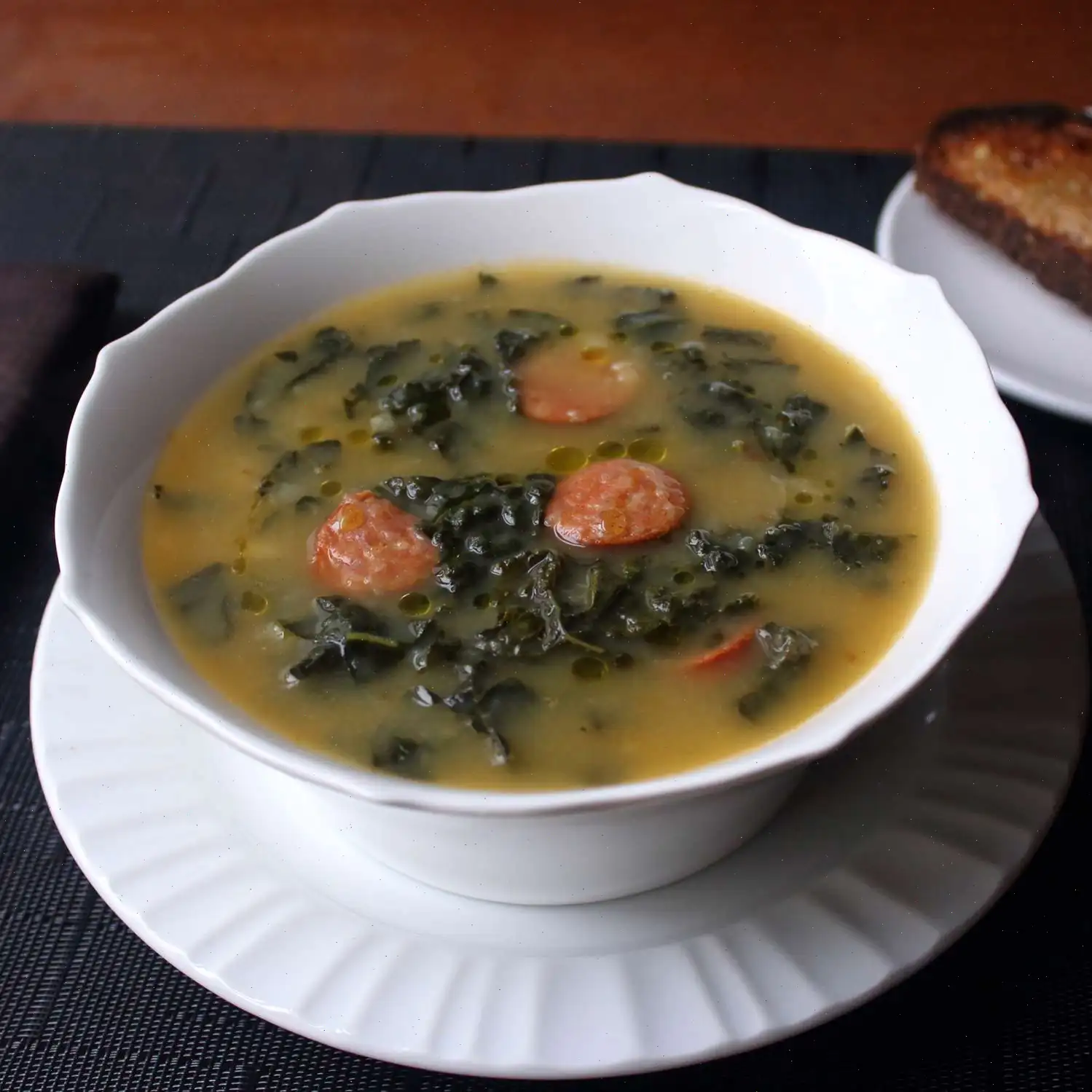
Beef Teriyaki Recipe
This flavorful beef and broccoli dish, served over tender rice, is the perfect weeknight meal. Its easy to prepare and packed with delicious flavors. Follow the steps below to recreate this savory dish in your own kitchen.
Ingredients
- 1 cups water
- 1 cups uncooked glutinous white rice
- 1 (14 ounce) can beef broth
- 2 tablespoons cornstarch
- 2 tablespoons soy sauce
- 1 tablespoon packed brown sugar
- teaspoon garlic powder
- 1 pound boneless beef sirloin steak, cut into thin strips
- 4 cups fresh broccoli florets
Directions
Step 1: Bring water and rice to a boil in a saucepan over medium-high heat. Reduce the heat to medium-low, cover, and simmer for about 20 minutes, or until the rice is tender and the liquid has been absorbed.
Step 2: While the rice is cooking, whisk together the beef broth, cornstarch, soy sauce, brown sugar, and garlic powder in a bowl until fully combined.
Step 3: Heat a large skillet or wok over medium-high heat. Add the beef strips and cook for 3 to 4 minutes, or until browned and the juices have evaporated.
Step 4: Stir in the broccoli and the cornstarch mixture. Bring to a boil and cook until the sauce thickens.
Step 5: Serve the beef and broccoli mixture over the hot rice, and enjoy!
Nutrition Facts
Per Serving (1/6 of recipe):
- Calories: 232
- Total Fat: 5g (6% Daily Value)
- Saturated Fat: 2g (9% Daily Value)
- Cholesterol: 33mg (11% Daily Value)
- Sodium: 569mg (25% Daily Value)
- Total Carbohydrate: 29g (10% Daily Value)
- Dietary Fiber: 3g (9% Daily Value)
- Total Sugars: 3g
- Protein: 18g (36% Daily Value)
- Vitamin C: 55mg (61% Daily Value)
- Calcium: 48mg (4% Daily Value)
- Iron: 2mg (9% Daily Value)
- Potassium: 420mg (9% Daily Value)
*Percent Daily Values are based on a 2,000-calorie diet. Your daily values may be higher or lower depending on your calorie needs.

Beef Teriyaki is a beloved dish in both Asian and Western cuisines, known for its savory-sweet flavors and tender beef. This dish is typically made by stir-frying beef with a rich teriyaki sauce, often accompanied by vegetables such as broccoli and served over rice. Whether enjoyed at a casual family dinner or in a restaurant, Beef Teriyaki is a comforting and flavorful dish.
History and Origins
Teriyaki, a technique of cooking where food is grilled or broiled with a glaze made from soy sauce, sake, mirin, and sugar, has its roots in Japan. The word "teriyaki" comes from "teri" meaning "glaze" and "yaki" meaning "grill" or "broil." While the dish is considered quintessentially Japanese, the introduction of teriyaki outside of Japan, particularly in the United States, led to many variations, including the use of beef in place of traditional fish. Beef Teriyaki, as we know it today, became popular in Western countries in the mid-20th century, often adapted to suit local tastes.
Regional Variations
Though Beef Teriyaki has become a global favorite, regional variations exist. In Japan, teriyaki is traditionally made with fish, especially salmon or eel, but in Western interpretations, beef, chicken, and pork are commonly used. In the United States, Beef Teriyaki often features additional ingredients like garlic, ginger, and even chili flakes for extra heat, which are less commonly found in the traditional Japanese version. The addition of vegetables like broccoli, bell peppers, and carrots is also more prevalent in Western adaptations, making it a heartier dish.
How It Differs from Similar Dishes
Beef Teriyaki is distinct from other beef stir-fries, such as Mongolian Beef or Beef and Broccoli, because of its signature sauce. The teriyaki sauce provides a balance of sweet and savory flavors, made primarily from soy sauce, sugar, and sake. Unlike Mongolian Beef, which uses a stronger, spicier sauce with hoisin and soy, or Beef and Broccoli, which is often paired with a ginger-soy sauce, Beef Teriyaki has a more delicate balance with a slight sweetness from the brown sugar and the smoothness of soy sauce. Additionally, Beef Teriyaki is often served with a light, crispy glaze over the meat, which contrasts with the more saucy finish of other stir-fried dishes.
Where It Is Typically Served
Beef Teriyaki is commonly served in both home kitchens and restaurants, especially in Japanese or pan-Asian eateries around the world. In Japan, it might be served as part of a larger meal with rice, soup, and other small side dishes. Outside of Japan, it is often found in casual dining restaurants or food courts, where it is popular among diners seeking quick, flavorful meals. Many American restaurants have also adapted Beef Teriyaki into their menus, offering it alongside rice or noodles, sometimes with additional vegetables like bell peppers, snow peas, or onions.
Interesting Facts
Did you know that Beef Teriyaki has its own American twist on it? While the dish is undeniably popular in Japan, its massive popularity in the United States grew from the increasing number of Japanese immigrants in the mid-20th century. In fact, many American diners often mistake Teriyaki for a distinctly American creation, due to how it has been modified to cater to local tastes. Some interesting facts include:
- The first restaurants to popularize Teriyaki outside Japan were found in Hawaii, where Japanese immigrants adapted their traditional recipes for local tastes.
- In many American interpretations of Beef Teriyaki, the sauce is often made with a mix of soy sauce, honey, brown sugar, and sometimes even ketchup, making it much sweeter than its Japanese counterpart.
- One of the biggest variations in Beef Teriyaki in Western cuisine is the use of cuts like sirloin or flank steak, which are less common in Japan where fish is typically used for traditional teriyaki.
Whether you prefer it with more sweetness or a touch of spice, Beef Teriyaki is a dish that can be easily adjusted to your own preferences. It offers a perfect balance of flavors and textures, making it a global favorite for those who appreciate rich, savory meals.
FAQ about Beef Teriyaki Recipe
Comments
Michael Hall
11/03/2022 10:17:46 PM
I have a similar recipe that is quite time-consuming, so I was pleased to find this one which is much simpler, although a bit bland for my taste. My recommendation is to quickly stir-fry the meat until just cooked, then set it aside. Steam the broccoli for just 1 minute, drain, and set aside. This method keeps the broccoli's bright green color and prevents it from becoming mushy when added to the main dish. I made a few adjustments by including fresh garlic and 2 to 3 tablespoons of oyster sauce in the broth mixture. To finish, I added about a teaspoon of bottled teriyaki sauce and gently mixed in the broccoli. I've noticed that Americans tend to overcook their vegetables and meats, so it took some time for me to adjust to this method.
James Rivera
06/17/2024 07:55:33 AM
I made a few tweaks to this recipe and it turned out really well, much to the delight of my husband. I paired it with brown rice following the Fried Rice Restaurant Style recipe. Here are the changes I made: 1) I marinated the beef in 1/4 cup of teriyaki sauce, 1 teaspoon of minced ginger, and 1 teaspoon of minced garlic for about two hours, 2) I added 1/4 cup of diced red onion and a splash of oil while browning the beef, 3) For the sauce, I included an additional 1/4 cup of teriyaki sauce, 1/4 teaspoon of garlic powder, and 1/2 teaspoon of crushed red pepper. I will definitely be making this again.
Jonathan Lee
10/30/2023 01:35:43 AM
Extremely simple and fast to make. I sautéed onions and garlic in olive oil along with the meat drippings from browning the meat. Then, I added the meat to the seasoned boiling liquid. I threw in broccoli in the last 2 minutes to ensure it stayed crisp. Finally, I sprinkled a bit more seasoning to enhance the flavor.
Amanda Green
12/06/2024 06:29:13 AM
This recipe was incredibly simple and tasty. Rather than cooking everything at once, I combined the liquid ingredients with a tablespoon of ginger powder and the steak slices in a zip lock bag, allowing them to marinate overnight in the fridge. The next day, I sautéed the mixture and followed the rest of the recipe. The result was unbelievably tender! I might reduce the amount of rice next time. Overall, this dish was fantastic and definitely a recipe worth keeping.
Gregory Edwards
05/08/2023 10:37:04 AM
Great and speedy dinner! Our entire family enjoys it. Occasionally, I like to change things up by using leftover blade roast from the slow cooker, either sliced or shredded. Since it's already marinated, it saves even more time.
Jacob Anderson
02/23/2025 03:18:45 AM
This recipe provides a solid foundation. To enhance the flavors, I recommend incorporating fresh garlic, salt, pepper, and crushed chili pepper for a kick of spice, or adding peanuts for a Thai-inspired twist.
Rebecca Lewis
01/29/2024 11:19:57 PM
Extremely lacking in flavor. The steak was unseasoned and tasteless. Definitely needs more seasoning to enhance the taste. I would not suggest trying this recipe.
Amanda Young
07/13/2023 10:39:31 AM
I decided to enhance the flavor with a touch of peanut butter, giving it a delicious nutty Thai twist. It was absolutely delicious!
Carolyn Wright
10/11/2023 01:56:30 PM
The original recipe was just okay, but by increasing the amount of brown sugar to 2 tablespoons and a little more, it greatly enhanced the flavor.
Carol Jackson
12/18/2023 03:19:15 AM
This dish was a breeze to whip up and turned out delicious. My husband hails from Texas and is a big fan of BBQ and Teriyaki flavors, so this recipe was a hit!








